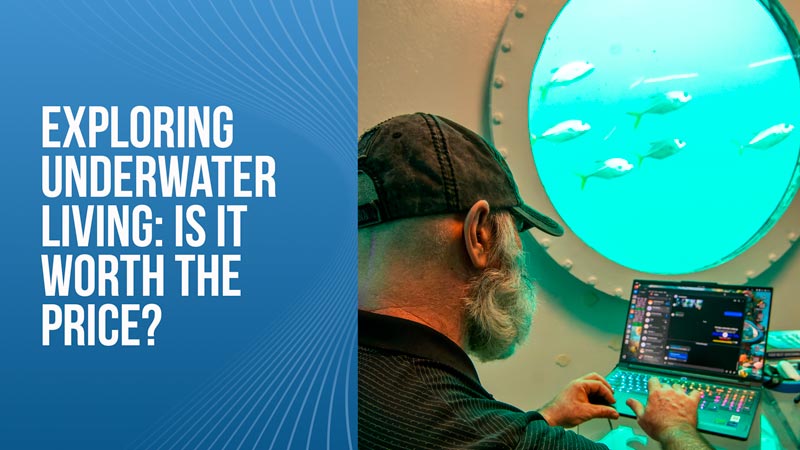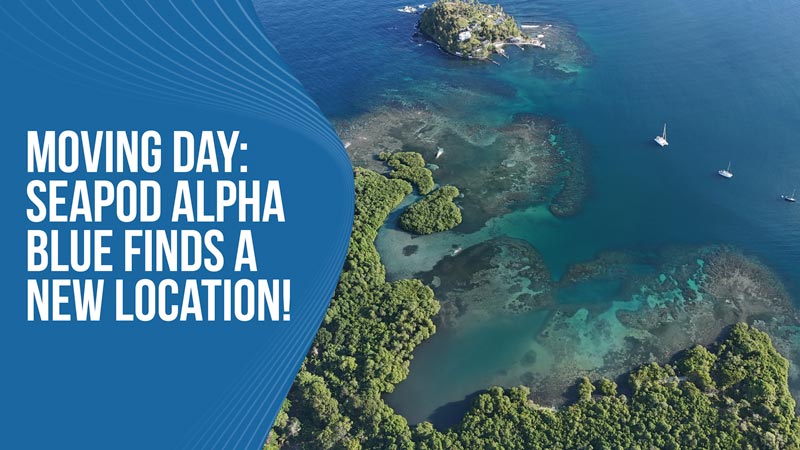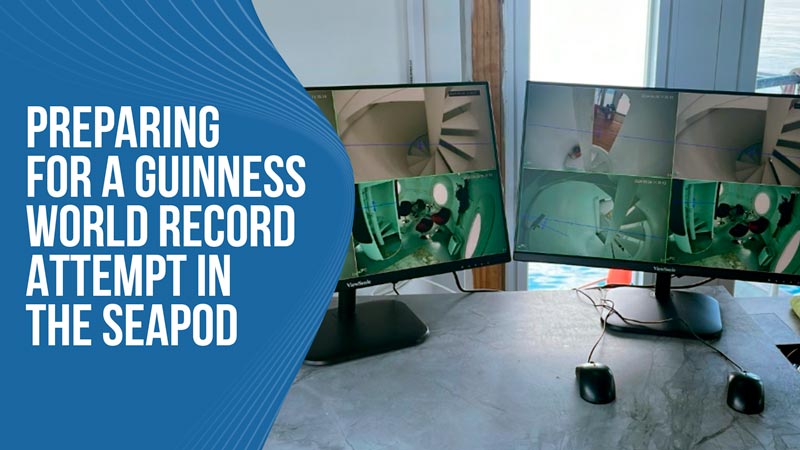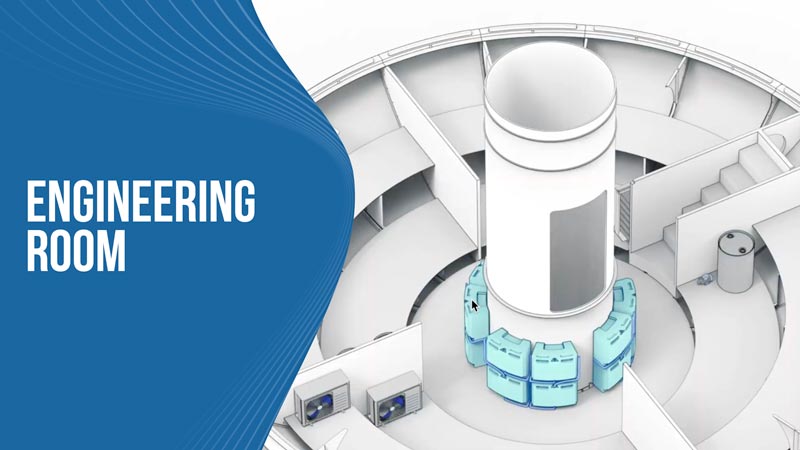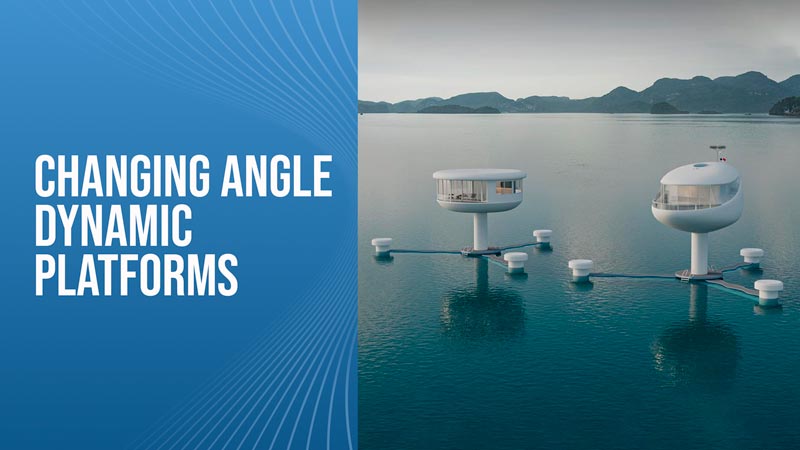
Here we have an interview with Grant discussing a fascinating new concept, changing angle dynamic platforms. These platforms, which would float on the water with the Seapods set around them, would add a dynamic and adaptable approach to connecting communities.
A traditional platform works like a jetty, sitting on the surface of the water. Changing angle dynamic platforms would redefine this idea and allow Seapod communities to adjust the platforms according to their needs.
For example, it may be that the platforms are arranged in a straight line, but changing angle dynamic platforms would allow this shape to be changed – to a circle, an ‘S’ shape, whatever works best to suit the needs of the Seapod inhabitants. With the Seapods arranged around the platforms, these adaptable platforms would be able to link many modules together.
Of course with new ideas, come new challenges. First among these is dealing with the ebb and flow of the ocean. Traditional, fixed platforms can float on the surface of the water, but changing angle dynamic platforms must be both secure, but also able to move when required. The platforms that we envisage will need to be able to adapt to the current of the water.
One concept that may prove invaluable for our changing angle dynamic platforms would be to use a mechanism that uses the current to the advantage against the platform. Rather than using brute force and a lot of energy, this motor mechanism would allow the current to push the platforms into the desired location, at a minuscule energy cost.
Another challenge, familiar to all who have been involved in the Seapod project would be dealing with the corrosive environment of the ocean. Water, especially saltwater takes a toll, not only on the mechanism but on the platforms, too. Raising the question – what will the platforms be made of? Concrete with an underlayer of foam, or even ‘aircrete’, concrete-filled with air bubbles to reduce the weight. The acidity of concrete also poses an issue, as it can be damaging to the ocean, but by specializing the mix and reducing the acidity, ocean-friendly concrete can be produced.
With such a fascinating concept, we are eager to hear from engineers, especially mechanical engineers with a strong problem-solving mindset, to help bring the concept to life.
A good idea never stays in one place, and our changing angle dynamic platforms may well find useful applications other than with our Seapods. Marinas, yachts, and docks may benefit from using changing-angle dynamic platforms. These platforms would allow an adaptable, modular solution to issues encountered. For example, marinas may have to deal with shifting currents and weather patterns to better protect the boats positioned inside.
We’re really excited about the concept, and we’re eager to develop it further and see how it can be made a reality.
